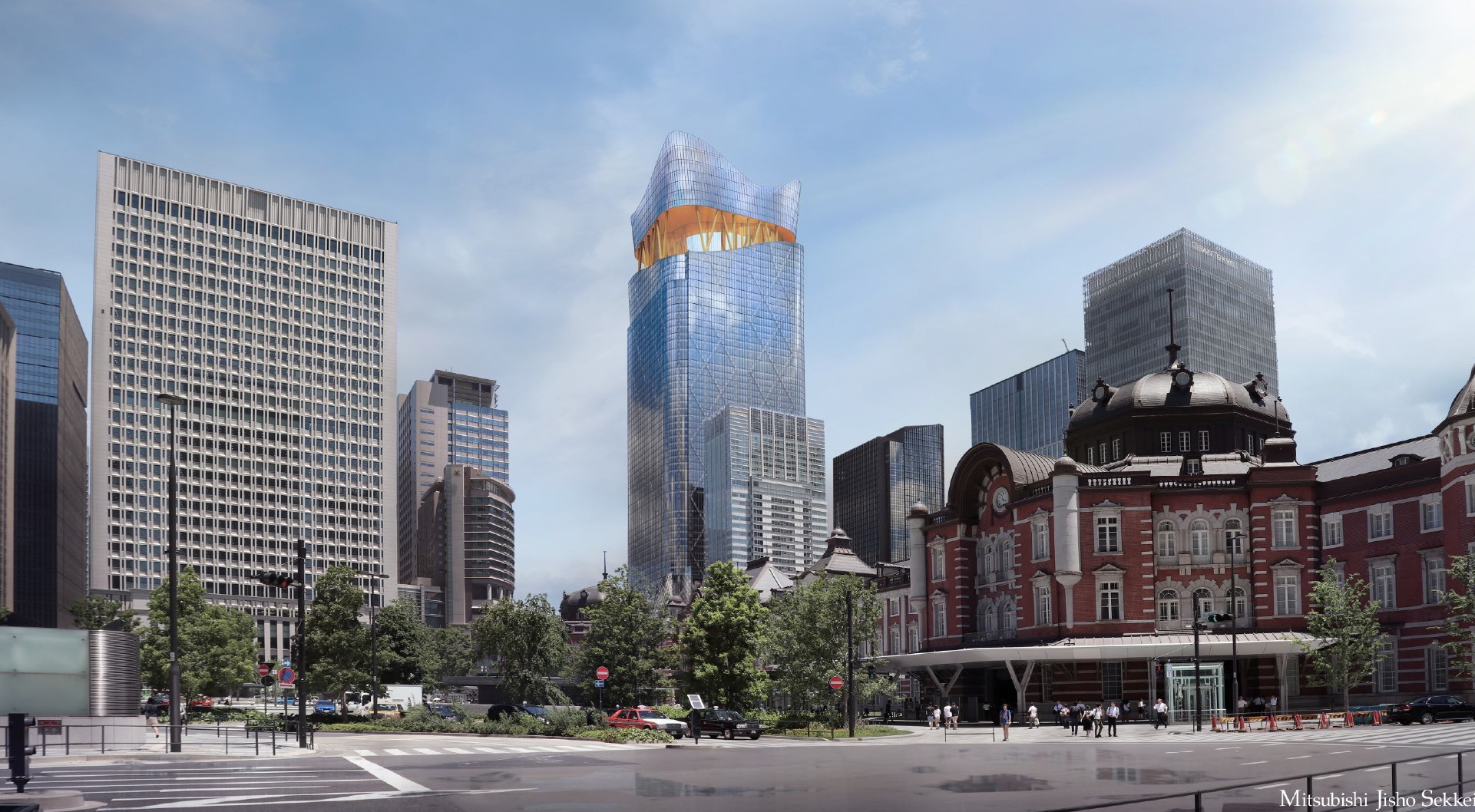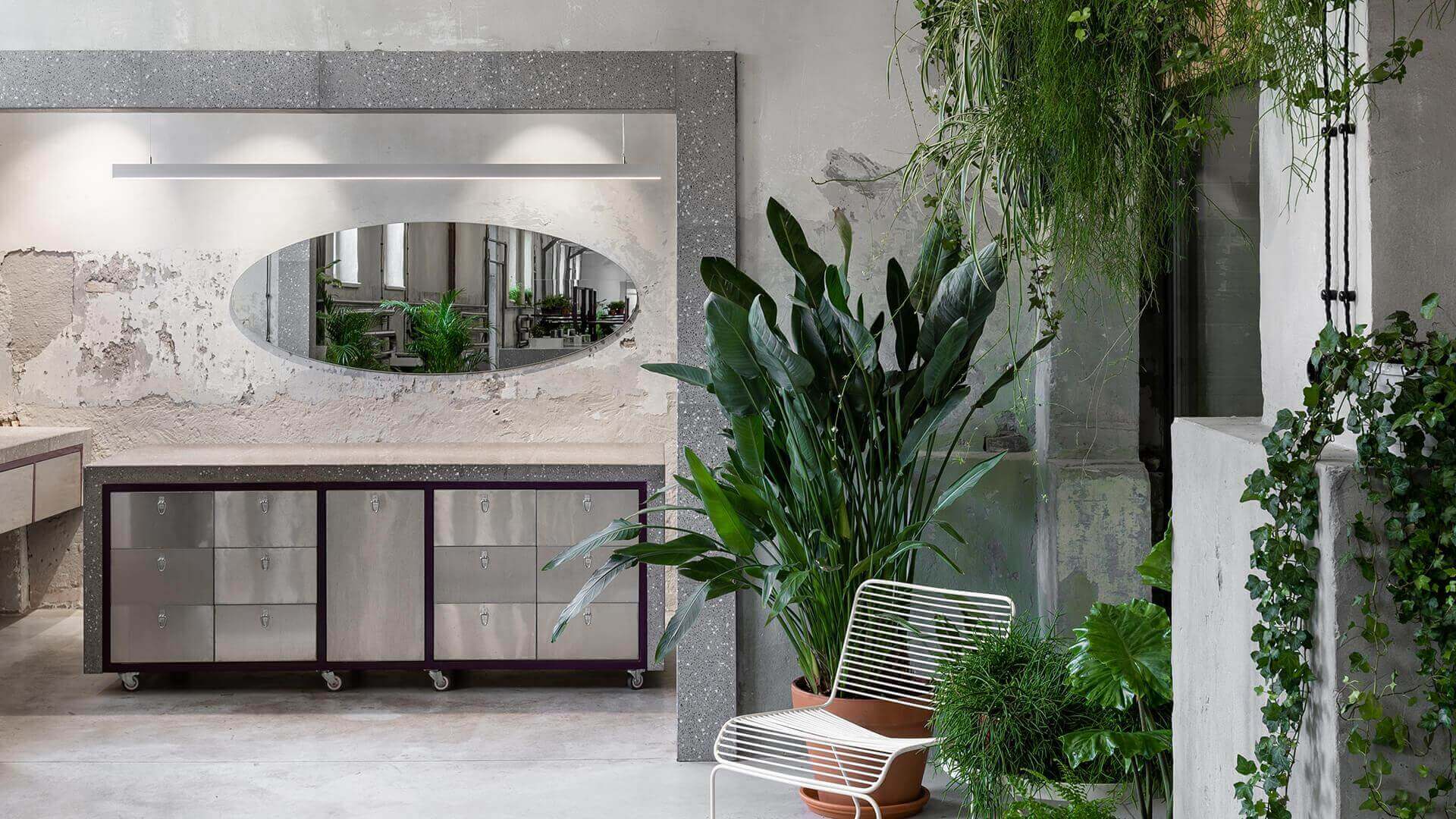What is the office actually for?

Can’t I just work from home? I don’t need a commute, packed tubes, and trains, overpriced coffees, and lunches. Can the office become somewhere I actually want to be?
Any exploration of the post-pandemic workplace needs to start with the issue of why we are coming into the office. Although the experiment in remote working forced upon companies and employees by the lockdowns has been surprisingly successful in some ways, it is also important to recognise that some kinds of work were much harder to do outside of a communal space.
What currently feels like a paradigm shift will actually play out over the coming months and years, mutating just like the virus into forms that we cannot currently see or reliably predict.
Some companies even registered productivity gains during the time of almost wholesale working from home. However, a closer look reveals that we are talking about two different types of activity; individual and collective. It turns out that many individual tasks are relatively easy to do remotely, which makes it now seems strange that so many workplaces were little more than conglomerations of people each doing their own stuff, and where the benefits of being together – easier supervision and cheaper real estate – accrued to the business, not the employee.
It is important that other, slower-to-emerge consequences of the switch to remote are not overshadowed by short-term increases in productivity.

Why we still need the office
There is broad agreement that two crucial aspects of work could be lost over time if there is no return to the shared workspace: social contact and creative work.
There are concerns about the psychological well-being of young adult employees working extensively from home, which is more likely to be a single room in a shared house or flat. Younger workers are more prone to experience the absence of workplace sociability as a form of emotional deprivation – one which adversely affects their ability to do their job.
As Steelcase observes ‘We’re creative and social people and the workplace helps us connect, collaborate, and be creative…companies need people to come together to shape culture – the way things get done. Without that, organisations will lose their competitive advantage over time.’
In the creative sphere there are warnings that an ‘innovation slump’ could result from a decline in collaborative problem-solving, leading in turn to a loss of competitive advantage.
Read our interview with Pippa Roberts & Alex Cleave from London based practice Jackdaw Studio about Designing the narrative of workspaces.

The future of the social workspace
If individual work can be done at home, remotely, or in safe spaces within the office, then the purpose of the shared workplace should be to actively foster connections and interactions. Why is this communality so important in the workplace? A persuasive explanation comes from architect and MIT professor Carlo Ratti, applying the sociological concept of “strong ties” (close relationships) versus “weak ties” (casual acquaintances).
Strong ties like close friendships tend to be self-reinforcing, whereas “by bridging different social circles” weak ties “are more likely to connect us with new ideas and perspectives, challenging our preconceptions and fostering innovation and its diffusion”. Online communication can help maintain strong ties but tends not to produce new ones, which come from casual, unplanned encounters with people outside our closed circles.

Perhaps the whole notion of office interaction needs an upgrade, as the founder of Make architects Ken Shuttleworth has suggested: “Social spaces need to become more dynamic than just gathering around a coffee point. We need to think about how we use them to provide connection, encourage diversity, communication, listening, and learning.”
One way to describe these connected and interactive activities in the workplace is generative; above and beyond individual task completion, they involve people in creating things together that have lasting value through collaborative working, culture building, idea generation, and innovation, training, personal development, talent assessment, social events, networking, conferences and wellness activities.

What will the ‘new office’ be like?
The resulting impact on workspace design is encapsulated by management consultants McKinsey when they suggest that “organizations could create workspaces specifically designed to support the kinds of interactions that cannot happen remotely. If the primary purpose of an organization’s space is to accommodate specific moments of collaboration rather than individual work, for example, should 80 percent of the office be devoted to collaboration rooms?”
Different archetypes of space are being referenced by architects and designers to help visualise these new forms, including a members’ club, hotel lobby, reception area, cafeteria, bar, or even a furniture showroom. Australian architects Woods Bagot, for example, envisage almost the entire office being composed of small groupings of sofas, coffee tables, chairs, and café tables.

What such speculative visions attempt to capture is the concept of a place designed to facilitate and encourage interaction, plus the newly necessary requirement of incorporating enough interstitial space for people to be sufficiently socially distanced and to circulate in a safe manner. These spaces also need to be open, preferably to the outside, as touch-free as is technologically feasible, and digitally connected so that colleagues working remotely can join in the interactions.

An office you choose to be in
Finally, in the new office paradigm, the workplace becomes even more important as a ‘branded experience’, a signifier and attractor for both employees and clients, amplifying the motivations for either group to make the choice to spend some of their working time in a shared environment.
‘Work’ used to describe a set of activities and a physical place (as in “I’m going to work”) but over the past few months those two meanings have been effectively decoupled. There is a diminished appetite for routine or pointless travel in connection with work, either as a daily commute or to attend meetings that could just as easily and effectively happen over Zoom.
But that’s not the only factor at work; many offices, with their increasingly cramped spaces for individuals, cheap fit-outs, and half-hearted attempts to create a decent office ‘culture’ (we’re shrinking your workstation footprint, but hey – free pizza!), were simply places people didn’t want to be. The first chance they had to avoid the office, under circumstances they couldn’t be held responsible for, and they were off! Given the choice, many may not be coming back.

If the office is to have a possible future, we need to create compelling reasons for heading into and spending time in a shared workspace. It needs to be somewhere people want to be, not a place that is tolerated or actively disliked. This will take thought, strategy, consultation, collaboration, and design innovation; to build a new model, a new way to invest in the future of the business, and actively help the people that work in it to flourish.
Get this right, and the companies and organisations that create properly evolved spaces for working together will accrue a significant competitive advantage, by attracting the best talent and by providing places for clients, partners, employees, and teams to build value in ways that simply do not happen when everyone is hunkered down at home, isolated in their own virtual office cubicle.
How can we create a better workspace? Find out through The trophy office: designing a workplace to long for.







